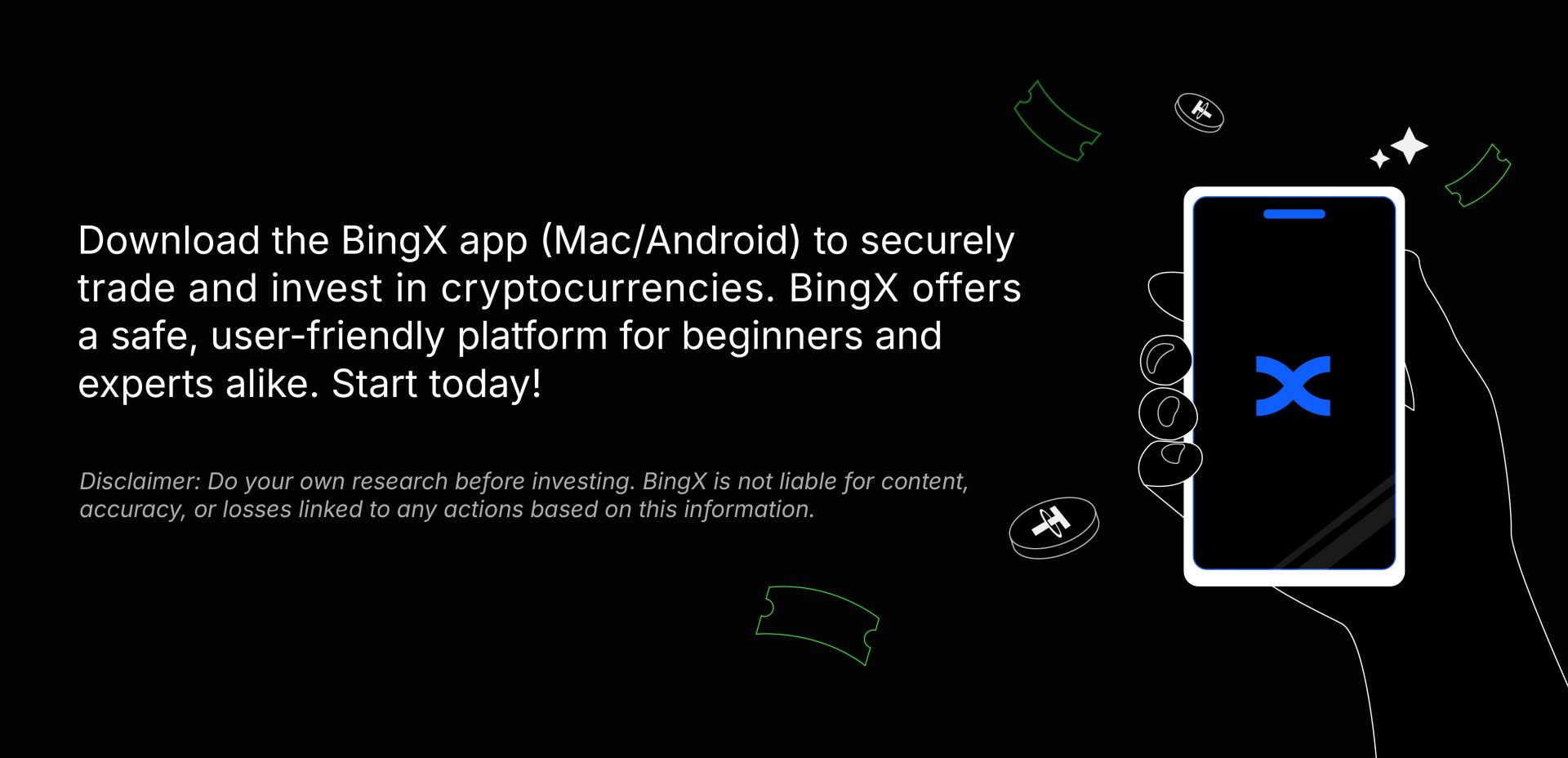The rise of AI-generated deepfakes has made it easier than ever to create convincing—but completely fake—images, videos, and even official documents. While this technology can be used for entertainment or creativity, it also poses a serious risk for misinformation, fraud, and identity theft. Blockchain, however, might just be one of the best defenses against such security challenges.
A Prime Example
In a move that has brought attention to such possibilities, the government of the Philippines that could reshape public sector transparency, launching a blockchain-based notarization system on Polygon to verify government budget documents. By recording a cryptographic “hash” of each document on a public blockchain, the system creates a permanent, tamper-evident record.
Here’s how it works:
- When a document is created—like a Special Allotment Release Order (SARO) or a Notice of Cash Allocation (NCA)—the system generates a unique cryptographic hash based on its contents.
- That hash is stored on the blockchain, where it cannot be changed or deleted.
- Anyone can later check the document against its blockchain-stored hash to confirm that no alterations have been made.
This means that even if someone tries to forge a budget document, the discrepancy will be immediately detectable. And because the verification happens on a public blockchain, it’s transparent and accessible to anyone—no need to rely on a centralized authority or system for proof.
The project, developed in partnership with local blockchain firm Bayanichain, aims to set a precedent for secure, accountable public finance.
But—the potential goes far beyond government budgets, and the crypto crowd haven’t just stayed silent. This move has swiftly drawn discussions on how else the immutability, verifiability, and transparency of decentralized technology could be applied elsewhere.
In the Age of AI, Blockchain Offers Security
In an era where AI tools can fabricate realistic evidence in seconds, blockchain offers a powerful defense against synthetic media abuse. By combining AI’s generative power with blockchain’s verification capabilities, organizations can create a layered approach to information security—one that ensures people can trust the authenticity of critical records, whether they’re government files, medical records, or corporate contracts.
For the crypto industry, this is another real-world use case showing how blockchain can extend far beyond finance. It’s a technology layer that can underpin e-governance, digital identity, and fraud prevention, especially in regions where trust in institutions is key to economic growth.
At BingX, we share the vision that blockchain & decentralized technologies have the potential to underpin trust, verification, and security across industries. From real-time account monitoring to BingX’s Shield Fund, that vision is being continually implemented for our users. Just as blockchain helps governments safeguard public records, BingX applies the same principles to protect user assets—leveraging cutting-edge technology, strict compliance standards, and a user-first approach to keep your crypto safe.
As deepfake threats grow, so will the demand for immutable, transparent systems—and blockchain is uniquely positioned to meet that challenge.
In short: the fight against deepfakes isn’t just about better detection—it’s about better verification. And blockchain is stepping up to the job.
